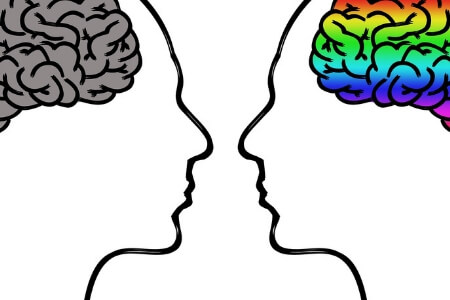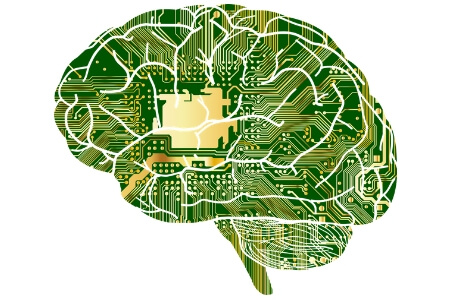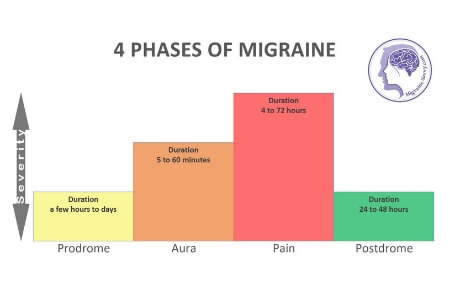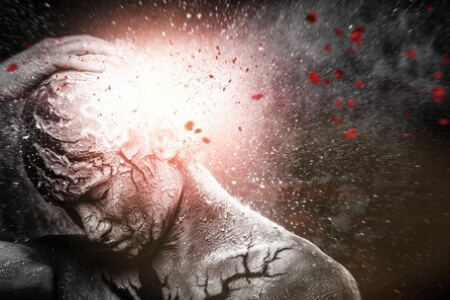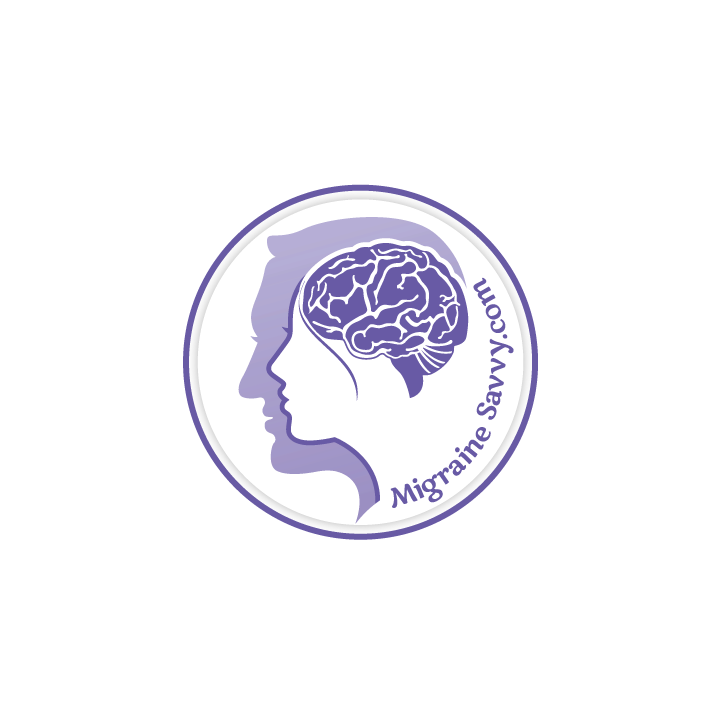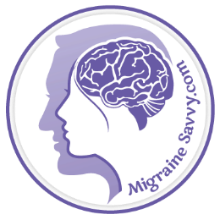- Home
- Migraine Types
- Severe Migraines
Magnesium Deficient = More Migraine Attacks
Science confirms this hidden trigger.
Get all 7 forms your body actually absorbs in one bottle.
🎁Save 10% with my code!
Magnesium Deficient = More Migraine Attacks
Science confirms this hidden trigger. Get all 7 forms your body actually absorbs in one bottle +
🎁Save 10% with my code!
Severe Migraines: The Most Complicated Types of Headache
 Severe Migraines: Status Migrainous, Hemiplegic, Basilar and Retinal Migraine. Learn some ways to prevent them here @migrainesavvy
Severe Migraines: Status Migrainous, Hemiplegic, Basilar and Retinal Migraine. Learn some ways to prevent them here @migrainesavvy
The estimated recorded prevalence of severe migraines according to Dr. James Lance (1993) varies according to the diagnosis criteria used. The
numbers he cites are from the British Migraine Trust study done in 1975 that used
15,000 people. Quite a large study.
My #1 Choice in Magnesium Supplementation
This study found that 10% of males and 16% of women suffered from "one-sided headaches with migrainous characteristics." [2]
Others studies showed that the prevalence of migraine in women increases after puberty to 19% and 11% in men.
There are millions of migraine sufferers world wide. It does not escape any one culture.
Women are
affected by migraines much more often than men. Two thirds more in fact. This is explained by men having more balanced hormones on a continuous basis throughout their lives. The statistics vary a little for severe migraines compared to classical migraines.
A More Complicated Type of Headache
The term migraine or headache is most commonly generically used now for any type of headache.
The terms seem to be interchangeable, but not in my books!
Severe migraines are a more complicated type of migraine headache, a neurological medical disorder, with a host of associated symptoms and potential complications.
Unless you have a specific diagnosis from your neurologist, you will not hear the term "complicated migraine" used.
The diagnosis of complicated migraine refers to migraine episodes
that are accompanied by prolonged aura symptoms that could last hours
to days, weeks to months (me).
It also used to be used for ophthalmoplegic migraine where patient’s more severe aura symptoms were partial or complete paralysis of the eye nerves that are needed for functionality and movement.
Migraines are a leading cause of disability world wide.
My #1 Choice in Magnesium Supplements
Status Migrainous
Status Migrainous is in the severe migraine headache category. It is a rare type of migraine that typically lasts over 72 hours. The pain and nausea accompanying this attack are extremely intense causing most individuals to be hospitalized.
To complicate things even further, certain medications, or medication withdrawal, can cause rebound headaches and confuse this type of migraine disorder.
Hemiplegic Migraine
This migraine has proven links to one of several chromosomes and can be inherited. It is also called “Familial Hemiplegic Migraine” because of this link and the common factor of family history.
This migraine is most commonly mistake for stroke due
to the stroke-like symptoms where speech can become impaired, and other
senses (smell, taste) can be effected, along with muscle weakness.
Basilar Migraine
Basilar migraine has neurological aura symptoms and is not restricted to just one side of the head or body as in most other cases of migraine.
The base of the brain stem is effected here which causes, not only neck pain, but dizziness, speech impairment, visual disturbance and hearing hallucinations.
It is not
uncommon for migraineurs to pass out during an attack.
Retinal Migraine
This is quite different from the more common visual problems in migraine where the right or left half of the brains field of vision is effected.
These retinal migraines have visual aura symptoms that occur only in one eye, with the pressure stemming from the retina itself rather than the optical part of the brain required for our field of vision.
The vessels in the retina occasionally go into spasm causing dimness or loss of vision in the eye effected.
My #1 Choice in Magnesium Supplements
Other Complications
There are other complications associated with migraine so it is important that you get the correct diagnosis for your migraines.
If you experience any head pain, or any unusual or new patterns in your migraine episodes you need to visit your doctor as soon as possible in order to be referred to a specialist.
Different forms of migraines
require different forms of prevention and treatment. Make sure you are
doing the right thing for your own unique diagnosis so you don't cause other complications.
Ways to Prevent Severe Migraines
Taking abortive medication may be the only way to prevent these migraines. And even then, they may not completely prevent the migraine attacks. But they will help reduce the frequency and the severity of the pain that can turn into severe migraines.
Most studies show now that the best way to prevent migraines is to combine both traditional and alternative approaches. Here are a few simple ways to help prevent an attack when you feel one coming on:
- Be proactive by taking supplements like Butterbur or Feverfew that are widely used, with good evidence behind them, to help reduce migraines.
- And use Ice packs for migraine relief, because ice works best for stopping migraine pain.
Here are some products I recommend:
Here Are My Top 3 Recommendations:
As an Amazon Associate, I earn from qualifying purchases - affiliate-disclosure.
- New Chapter Ginger Supplement - Ginger Force with Organic Ginger – Organic and highly effective.
- Butterbur (Enzymatic Therapy Petadolex) – A natural option for prevention.
- Feverfew (White Willow) – Known for reducing migraine frequency.
Make sure you join the mailing list and visit often... stay in touch!
WANT MORE TIPS? Subscribe to my newsletter and follow along on Facebook and Pinterest for all of the latest updates.
MIGRAINE TYPES Related Articles
How to be more MIGRAINE SAVVY right now...
References:
1. Lance, Dr. James W. (1993) Migraines and Other Headaches. Compass Publishing Co. Pty. Limited, Australia. p. 46.
2. WebMD.com (2012) Status Migrainosus. [Online], Available at: http://www.webmd.com/migraines-headaches/guide/status-migrainosus-symptoms-causes-treatment. Accessed Jun 2016 Updated Mar. 9, 2019



